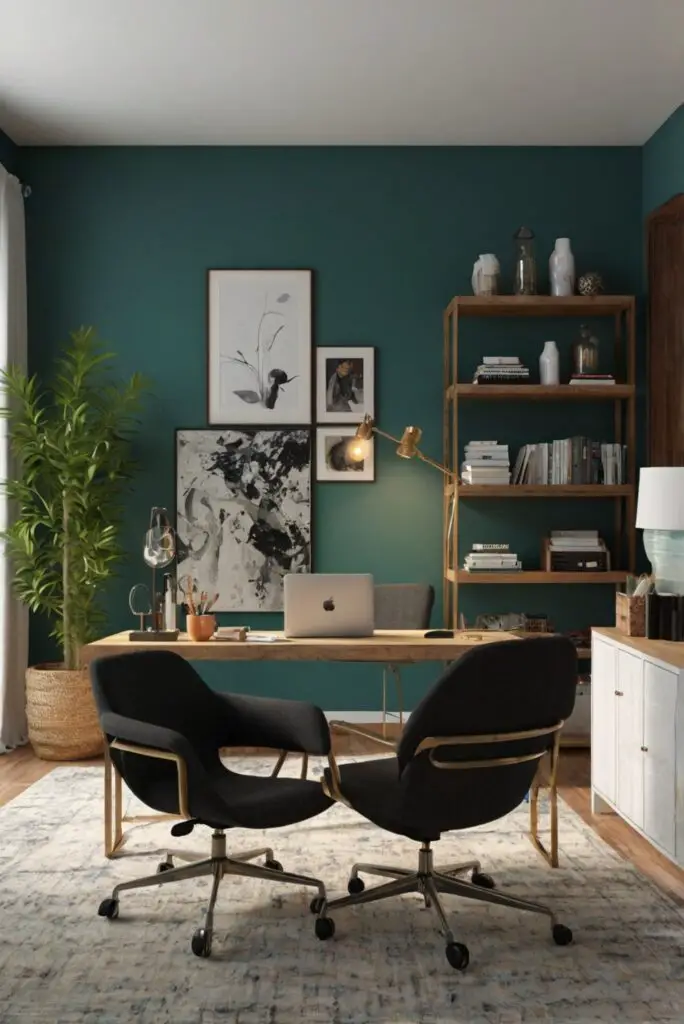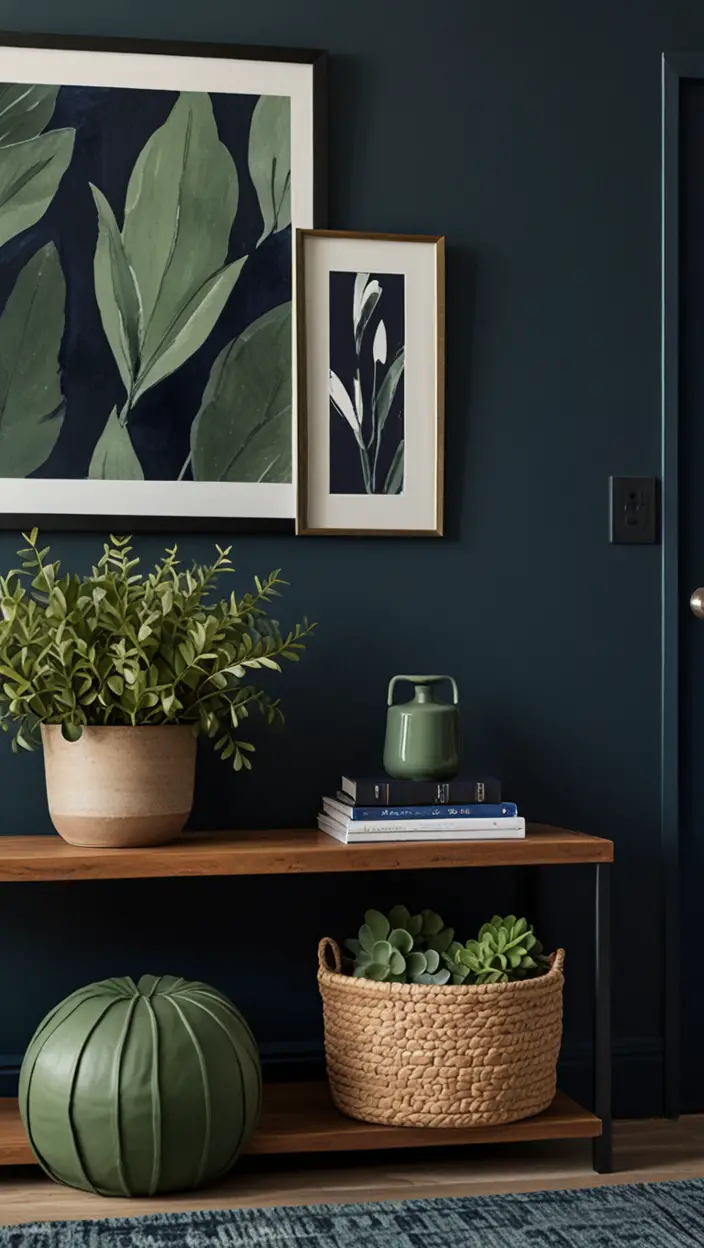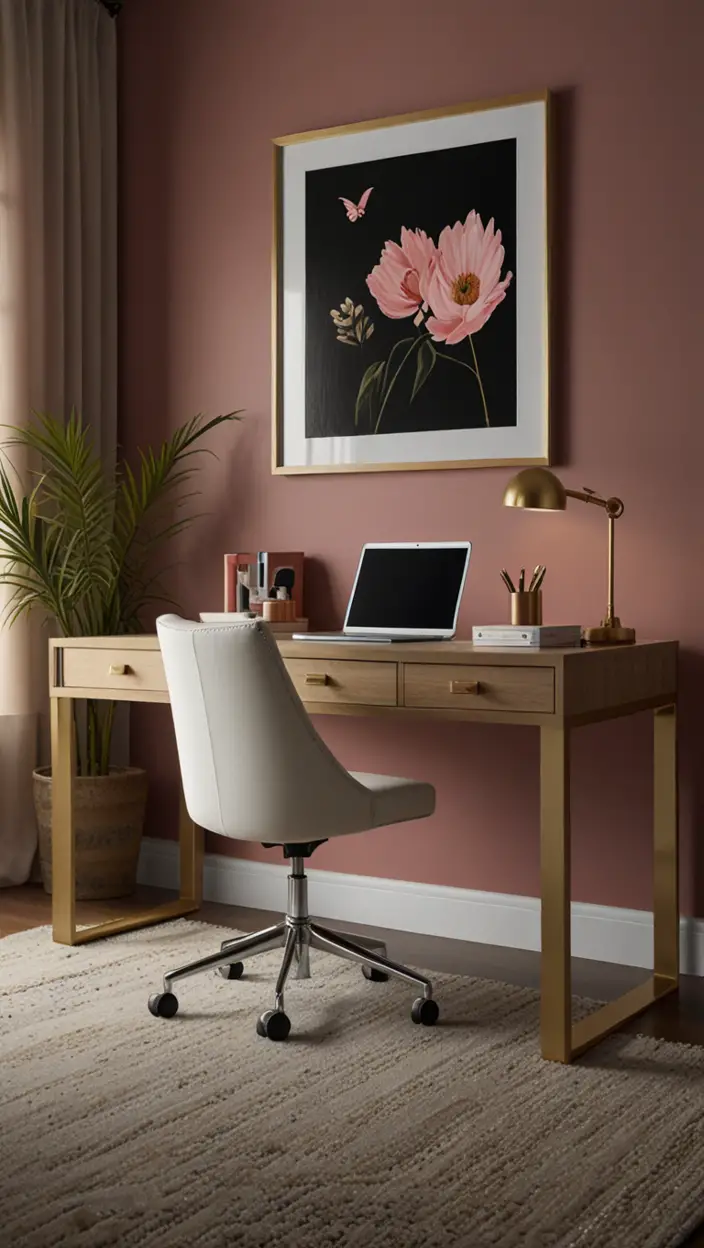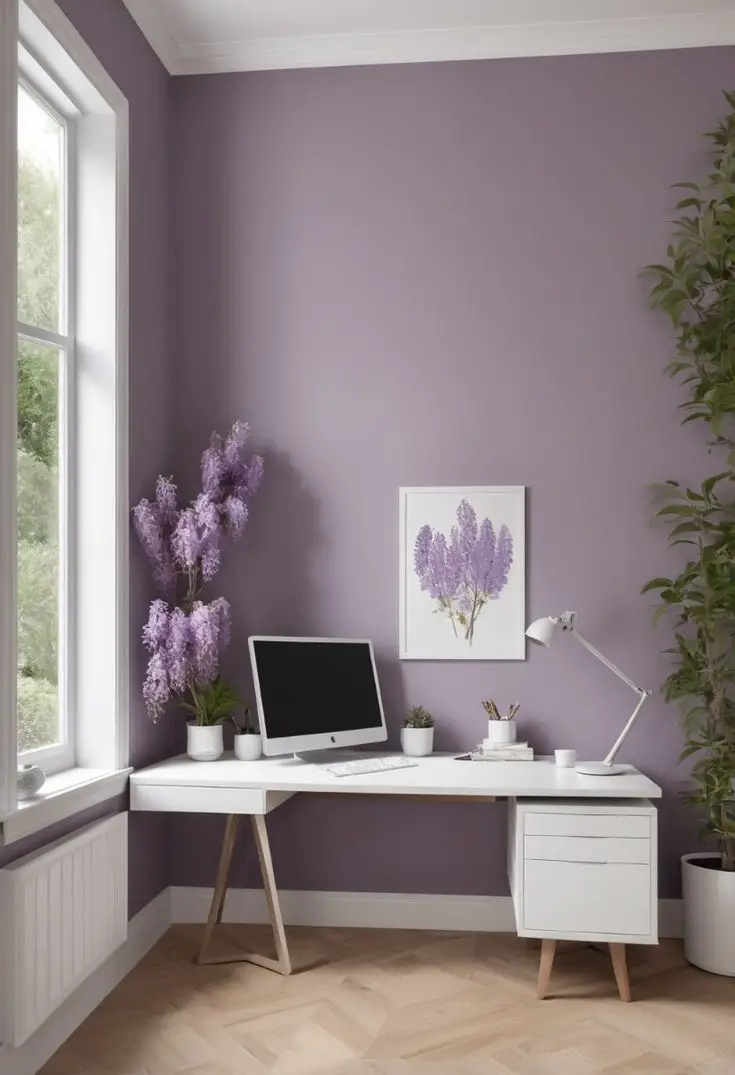Discover the secrets to seamless paint transitions in an open-concept home office. Your color dilemma solved!
In an open-concept home office, a good strategy for transitioning between different paint colors is to create a cohesive color palette. Start by selecting a primary color for the main walls that will anchor the space. Then, choose complementary or contrasting colors for accent walls or specific areas to define different zones within the office. Consider using paint swatches or samples to test colors in various lighting conditions before making a final decision. Using a neutral color as a base can help tie different hues together. Additionally, consider the type of furniture and decor in the space to ensure the colors work harmoniously. Properly priming the walls before painting can also help achieve accurate color matching and consistency.
To ensure a smooth transition between different paint colors in an open-concept home office, there are several strategies that you can implement:
My Lovely Spring Paint for 2025
Ready for a Spring Makeover? Explore the Freshest 2025 Paint Trends!
White Sage/Green SW Pistachio green Soft blue Honeysweet/Orange Pink Sugar Sage Tint BMAs an Amazon Associate, I may earn a commission from qualifying purchases at no extra cost to you.
Creating a Focal Point: A distinct focal point, such as a feature wall, can help anchor each separate color and provide a seamless transition between them.
Using Neutral Colors: Incorporating neutral colors as transition points can help unify different spaces and prevent jarring color contrasts.
Transitioning at Architectural Features: Transitioning colors at architectural features like corners or edges can create a natural break between colors.
My fAV Spring DECOR for 2025
Discover Spring’s Best 2025 Decor Combinations – Perfect for Any Room!
Oversized Indoor Plants White Curved Sofas Rugs BOH Brown Cream Moroccan Hype Boho Rug Outdoor Patio Furniture Sets Topfinel Pillow CoversAs an Amazon Associate, I may earn a commission from qualifying purchases at no extra cost to you.
Blending Colors: Gradually blending two colors together where they meet can soften the transition and create a harmonious flow.
Consider the Wall Height: Painting different colors based on the height of the wall can visually separate the spaces while maintaining a cohesive look.
Utilize Paint Samples: Testing paint samples on the walls to observe how colors interact with each other in different lighting conditions can help you make informed decisions.
Seek Professional Advice: Consulting with a professional painter or interior designer can provide expert guidance on color selection and transitions.
Selecting Complementary Colors: Choose paint colors that complement each other on the color wheel to ensure a harmonious transition between spaces.
When it comes to transitioning between different paint colors in an open-concept home office, the key is to maintain cohesion while allowing each space to have its own identity. Be thoughtful in your color choices and transitions to create a harmonious and visually appealing environment.
Key Takeaways:
– Create a focal point to anchor each color.
– Use neutral colors as transition points.
– Transition colors at architectural features.
– Blend colors gradually for a harmonious flow.
– Consider wall height when painting different colors.
– Test paint samples in various lighting conditions.
– Seek advice from professionals for expert guidance.
– Select complementary colors for a cohesive transition.






